- Stone Center
- Blog
15 Different Limestone Finishes: Which One Is Right for Your Design Project?
13/11/2025
11/13/2025
15 Different Limestone Finishes: Which One Is Right for Your Design Project?
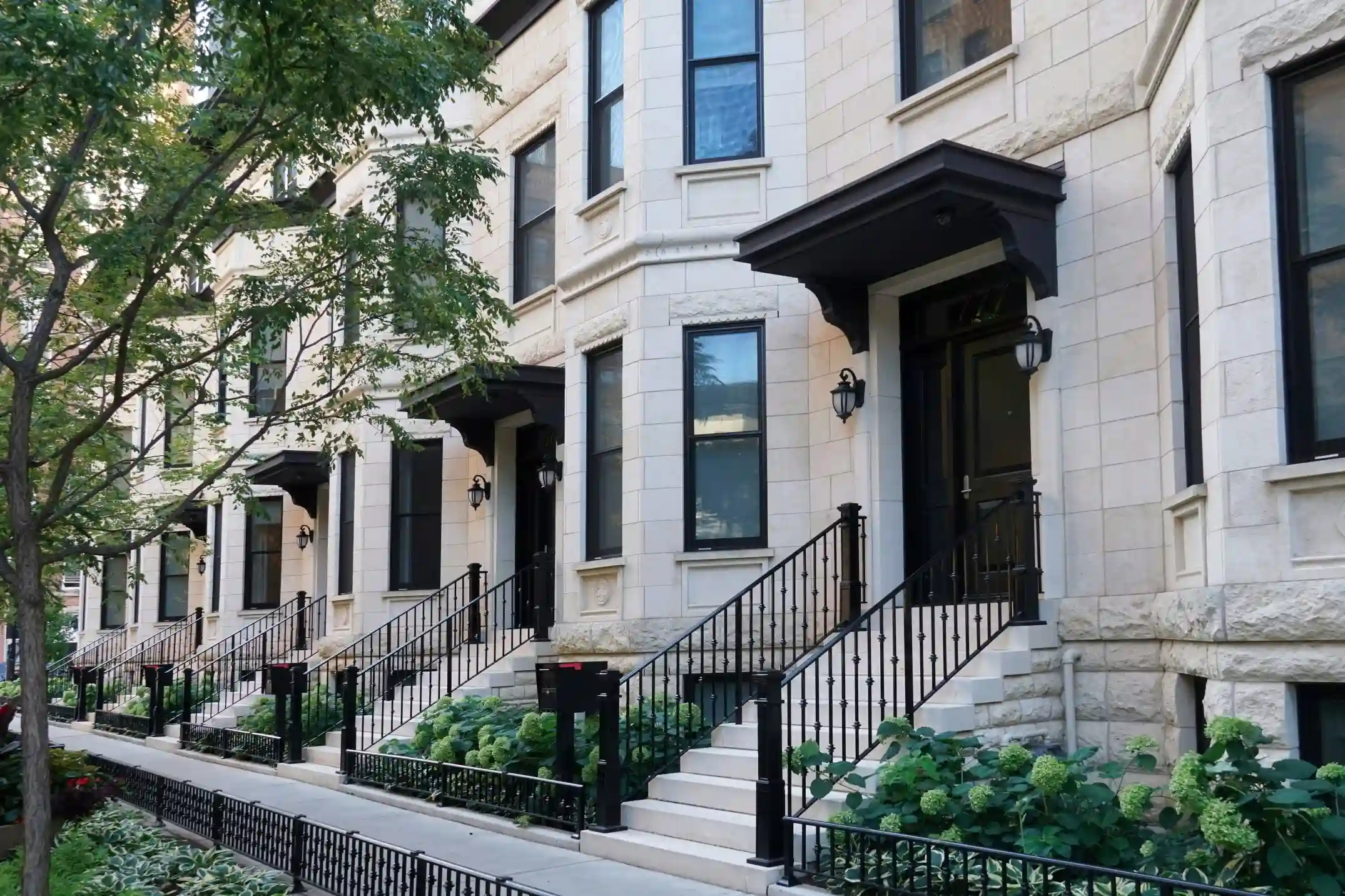
Whether you're redesigning a poolside patio, curating a statement fireplace, or selecting the right flooring for a high-traffic interior space, natural limestone is known as one of the most versatile, elegant, and tactile natural materials in the design world.
But here’s the challenge: not all limestone finishes are created equal. Each one offers a different texture, visual tone, and functional performance. The finish you choose will define the mood, safety, and maintenance requirements of your space. Stone Centers will help you make a confident, informed choice by demystifying the most popular limestone finishes and where each one truly shines.
What Is Limestone Finish?
A limestone finish refers to the surface treatment applied to natural limestone to achieve specific textures, appearances, and functional properties. These finishes range from smooth and polished to rough and textured, each created through different mechanical or chemical processes. The finish you choose affects the stone's slip resistance, maintenance requirements, visual character, and suitability for various applications, from high-traffic commercial floors to intimate garden pathways.
Distinct Types of Limestone Finishes
Each limestone finish brings unique visual and functional qualities. From rustic hand-cut textures to sleek polished surfaces, the finish shapes both appearance and performance. These factors will help you choose the right stone for your project needs.
#1. Natural Hand-Cut Limestone for a More Rustic Look

Natural hand-cut limestone is a popular choice for those seeking a more rustic look. This is the most basic limestone wall finish, and it's created by manually cutting the limestone into the desired size and shape. This makes it ideal for outdoor uses such as flooring, paving, and wall cladding. In addition, the naturally rough surface of hand-cut limestone imparts a unique look to the vertical structure. This finish also has the added benefit of preventing surface slips and falls.
#2. Natural Cleft Stone for Cladding
If you're into the raw look, you'll love natural cleft stone. This machine-cut limestone finish prominently features the shapes and variations of a freshly quarried stone without any additional finishings. Each piece is one-of-a-kind and irregular, giving a "sawn limestone finish", providing it with a rustic feel that many adore. The uneven surface and texture make it the perfect material for outdoor areas. Additionally, its natural anti-slip properties are great for poolside patios and garden paths.
#3. Polished Limestone Finish for a Sense of High-End Refinement
Achieving smooth, polished limestone can require grinding with successively finer diamond grit pads or compounds. Sometimes, oxalic acid or a crystallizing compound is used as a final step to create a mirror-like effect. Some of the stones that can be polished to a high shine are marble, granite, and some types of limestone. This smooth limestone finish is popular and presents minimal surface interruption, making it an excellent choice for elegant interior spaces.

#4. Honed Limestone Finish for Smooth, Matte-Like Surface
The honed finish is created by stopping the polishing process at a coarser grade of grit. This results in a less glossy and reflective surface that is still smooth to the touch. Many quarries will alter the degree of honing to meet customer requirements.
For example, if the honed limestone tiles need to be slip-resistant, we can ask for the stone to be honed to a lower grit so it is more matte. Honed limestone flooring is commonly used for bathroom floors, pool surrounds, patios, and terraces because of its non-slip properties.
#5. Brushed Limestone Finish for Creating a Naturalistic Design
As the name suggests, brushing is done by using steel or hard nylon brushes to brush the stone. It leaves a lightly textured surface that is more resistant to scratches and marks. A brushed finish creates a textured surface that hides scratches and offers excellent slip resistance, so it’s ideal to use in wet areas like bathrooms. Limestone, sandstone, and tumbled marble work best with this method, but they can be used on other types of stone as well.
#6. Antiqued/Tumbled Limestone Finish for a Worn Look
Tumbling is a popular method that involves harming the stone's surface and edges by vibrating it in a mixture of sand and debris. There are two types of machines that people use to tumble stones; one looks like a large container that shakes from side to side, and the other resembles a cement mixer and rotates the rock. The tiles go into the tumbling machine for 10 to 20 minutes to soften the sharp corners. To further create a worn look in the limestone surface finishes, it is sometimes hand-finished to chip the edges.
#7. Flamed Limestone Finish for Non-Slip Surface
A flamed finish is created when an oxy-acetylene torch passes over the surface of the stone and is followed immediately by a cold pressurized jet of water. This fractures the top surface of certain stones, such as limestone and sandstone, which creates a non-slip surface — perfect for public terraces or paved areas. However, not all quarries have this equipment on site, and it requires specialized training to operate correctly.
#8 Bush-Hammered Limestone Finish for Exterior Use

Bush-hammering is a stone finishing technique in which the stone is hammered with a series of steel points to break up the limestone surface and create a pitted look. Similar to the flamed finish, bush-hammering is a great way to create slip-resistant surfaces.
Bush-hammered finishes offer versatility through different textures:
- Fine bush-hammering: Creates subtle texture with closely spaced marks, ideal for architectural details and contemporary designs.
- Coarse bush-hammering: Produces deeper, more pronounced pits for maximum slip resistance in high-traffic outdoor areas.
#9. Sandblasted Limestone Finish for a Slightly Rough Surface
Sandblasting limestone is a method that roughens the surface to make it less slippery, perfect for outside or wet areas. It's done by spraying sand, ceramic beads, or other tiny particles onto the limestone surface of the stone at high pressure. This usually lightens colors and can change the character too much for some people's taste because it hides features like veins and fossils.
#10. Leathered Limestone Finish for an Undulating, Pebbled Surface
"Leathering" is the term used to describe textured granite or marble that appears less glossy. This finish is achieved by brushing the slab with different types of brushes, resulting in a slightly curved surface that's very soft and smooth to the touch. Compared to honing, leathered stone also closes pores and retains color better.
#11. Chiseled Limestone Finish for Rough Surface

The diamond teeth mill grinder is applied perpendicular to the surface in order to create a typical flat limestone texture profile - the grooves always run parallel, and the distance between them remains constant. A chiseled finish is created by breaking stone with either a hammer or chisel, which then produces either a very rough or slightly irregular surface (depending on both the type of chisel used as well as the skill level of the person using it).
#12. Acid-Washed Limestone Finish for an Antiqued Look
Acid-washing alters the stone's surface to create a soft, aged appearance — perfect for adding character to countertops or enhancing limestone's advantages like natural texture. It can even be applied after installation. For outdoor living spaces and pool decks, epoxy-treated limestone offers a smooth, non-slip, and stain-resistant surface, especially when combined with meshing and sealant for added durability.
#13. Split Face Limestone for Maximum Texture
Split-faced limestone has a rough, uneven surface that creates maximum light and shadow contrast. It’s a dramatic finish that results when limestone is mechanically split along its natural grain, revealing the raw internal structure of the stone. As a result, the irregular surface creates bold three-dimensional texture with deep shadows and highlights, making it an excellent choice for accent walls and exterior cladding where visual impact is desired.
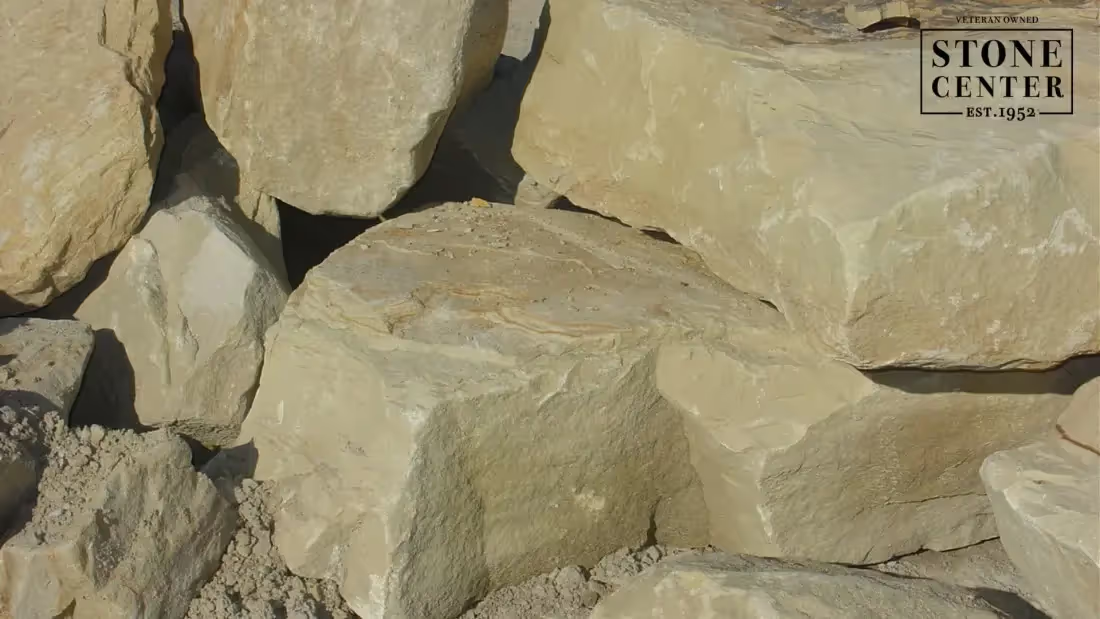
#14. Pickled Limestone for Light, Uniform Appearance
Pickled limestone achieves a lighter, more uniform appearance through chemical treatment. This process involves applying mild acid solutions that gently bleach the surface while maintaining the stone's structural integrity. It results in a soft, consistent color palette ideal for contemporary stone interior designs where a clean, modern aesthetic is desired. This smooth finish also repels dirt and stains, making maintenance straightforward.
#15. Riven Limestone for Natural Texture
Riven limestone features naturally split surfaces that showcase the stone's inherent bedding planes. Cleaving the limestone along its natural layers creates this finish, producing a textured surface with authentic geological character. The flat but textured profile works beautifully for paving applications and garden pathways, where natural materials create inviting outdoor spaces.
Applications of Limestone Finishes
Different limestone finishes excel in specific applications based on their texture, slip resistance, and aesthetic qualities. You’ll want to match the right finish to your project to ensure optimal performance and visual appeal.
- Exterior facades & cladding: Use rock face, split face, or bush-hammered finishes for bold texture and dramatic shadow effects on building exteriors.
- Pool decks & wet areas: Flamed, brushed, and bush-hammered finishes provide slip resistance and natural appeal in wet environments.
- Interior flooring: Honed and polished finishes offer smooth, elegant surfaces ideal for everyday indoor use.
- Garden pathways & patios: Tumbled, riven, and natural cleft finishes create authentic, non-slip textures perfect for outdoor living areas.
- Countertops & vanities: Leathered, honed, and polished finishes bring refined texture and style to kitchens and bathrooms.
- Accent Walls & fireplaces: Chiseled, tumbled, and hand-cut finishes add depth and visual interest to interior focal points.
Limestone’s versatile finishes allow architects and designers to specify the same natural material across multiple applications within a single project, creating cohesive design language while adapting to each space’s functional requirements.
Transform Your Space with the Perfect Limestone Finish
Natural stone is an excellent choice for home improvement projects because it offers beautiful design, durability, and many other benefits. There are so many options to choose from!
At Stone Center, we're proud to offer a variety of limestone finishes that are sure to match your design style and complement the natural beauty of your space. We are the top natural stone supplier in Ohio, and our experts can help you make the right decision for your project based on your unique needs. Contact our team today to explore finish options, request samples, and receive personalized recommendations for your residential or commercial project.
FAQ
.avif)
Jon, the owner of Stone Center, is a knowledgeable expert in natural stone products, specializing in various types of stone for landscaping and architectural projects. Passionate about promoting the beauty and versatility of natural stone, Jon aims to use these blogs to inspire readers with creative ideas to upgrade their homes.
How much does it cost to get a stone restored?
How much you end up spending to restore stone varies on the type of stone, the technique, and the stone’s current condition. Stone in good condition will cost less to restore, whereas stone that has a lot of wear and tear may require a longer restoration.






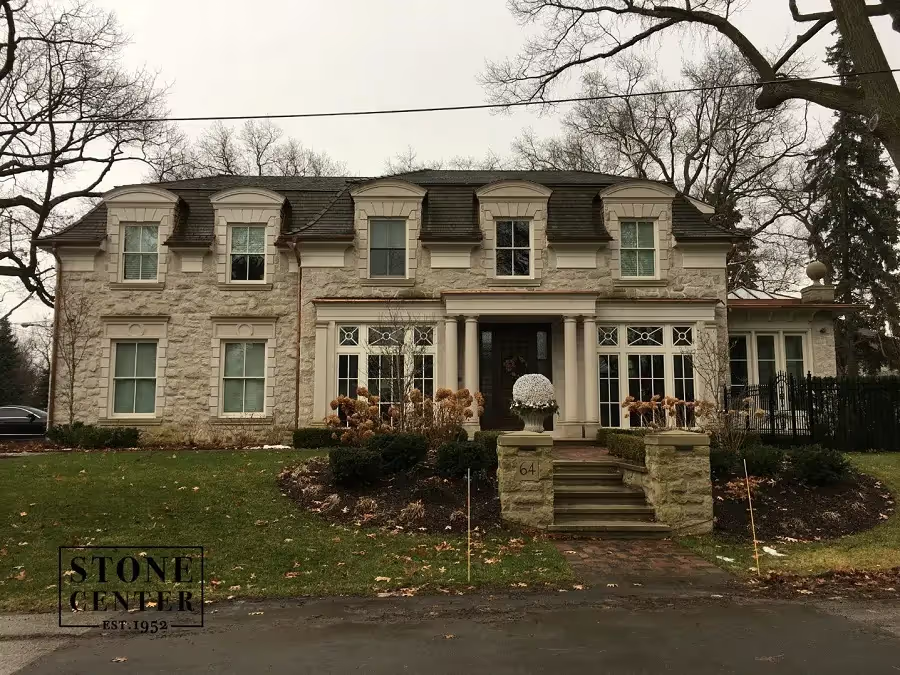
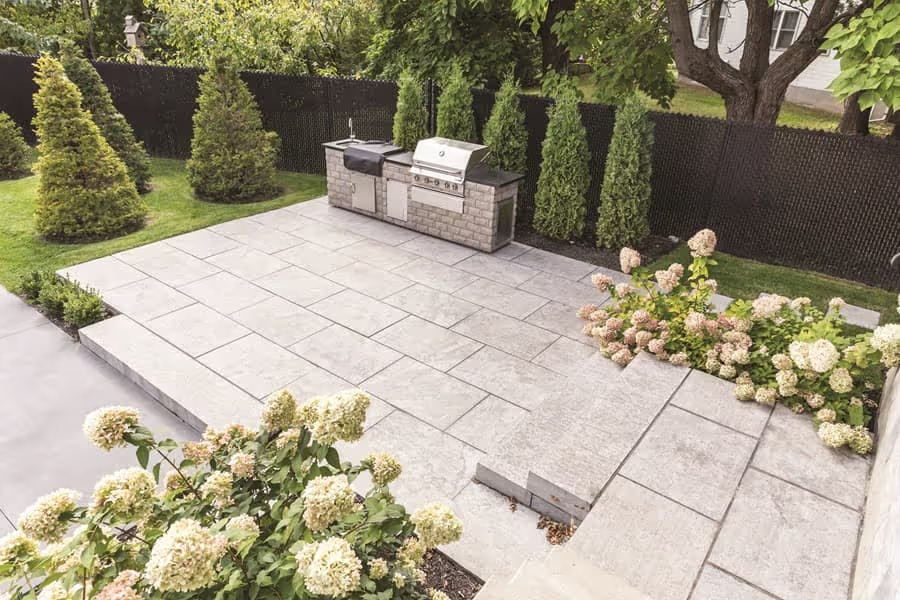
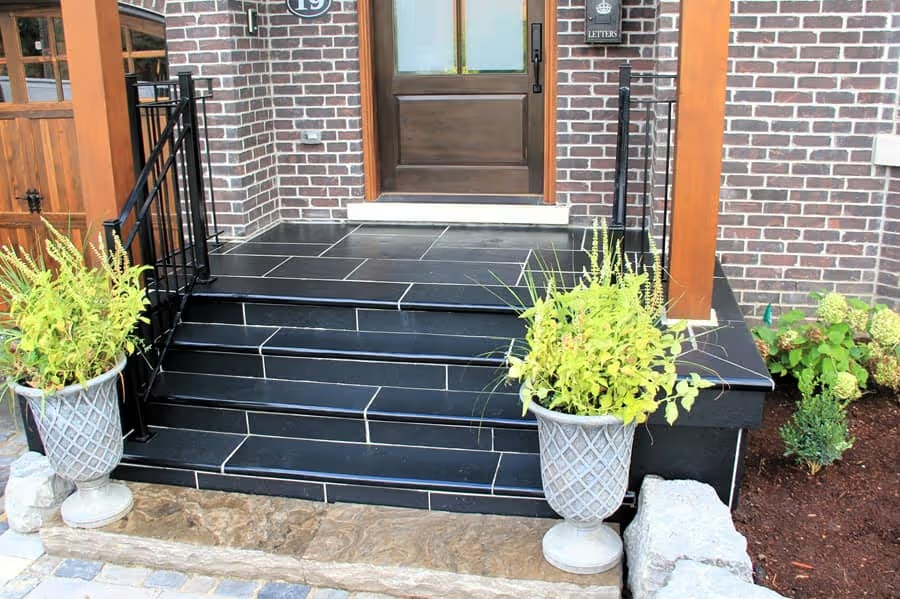

%20(1).avif)
%20(1).avif)
